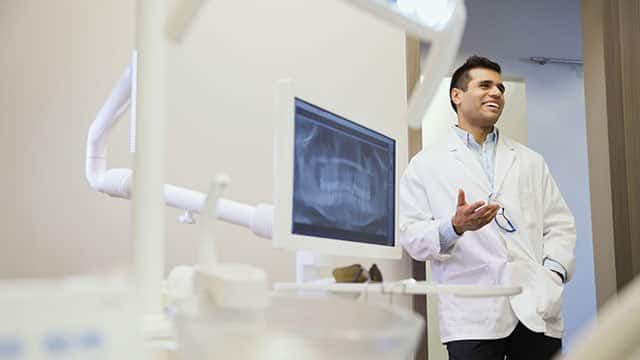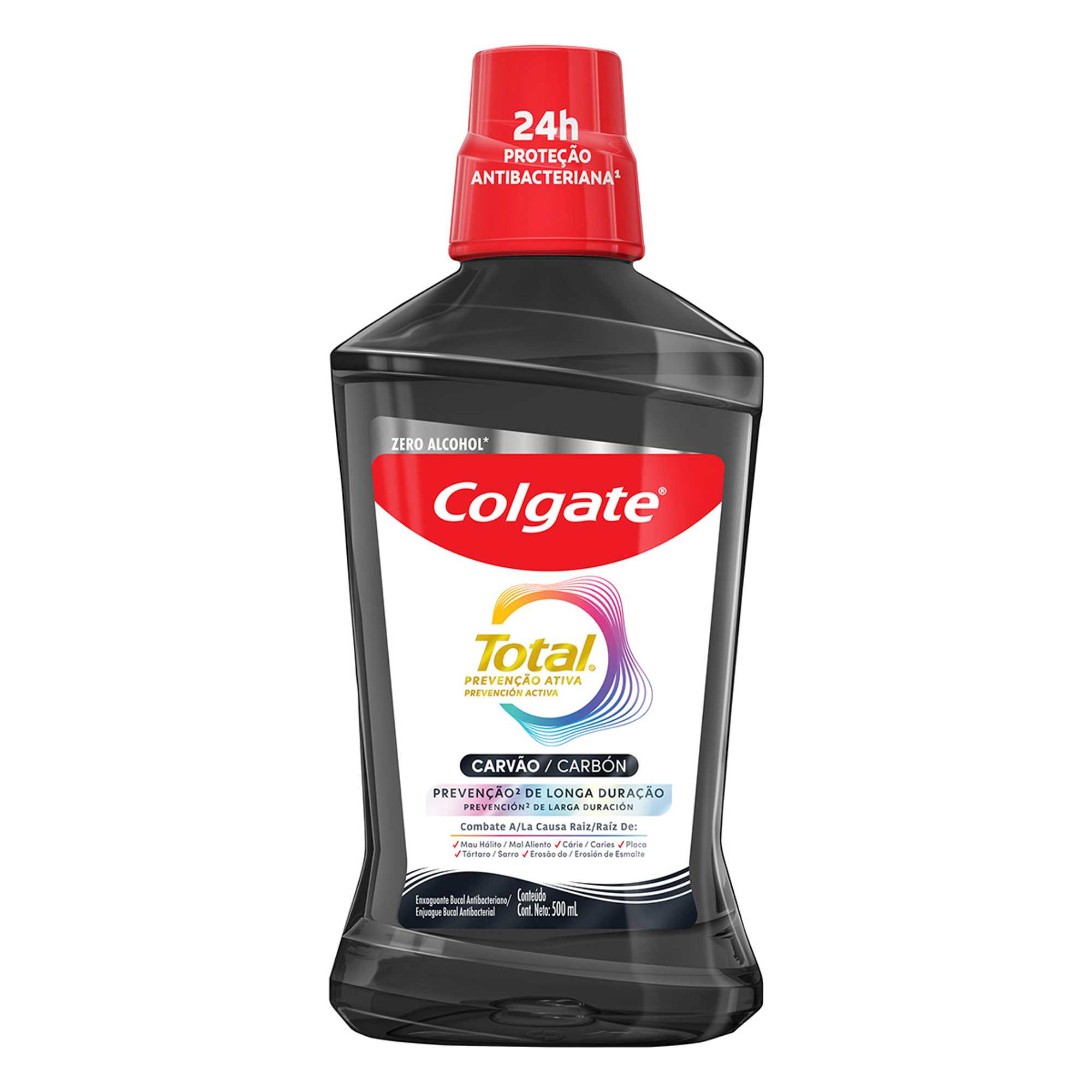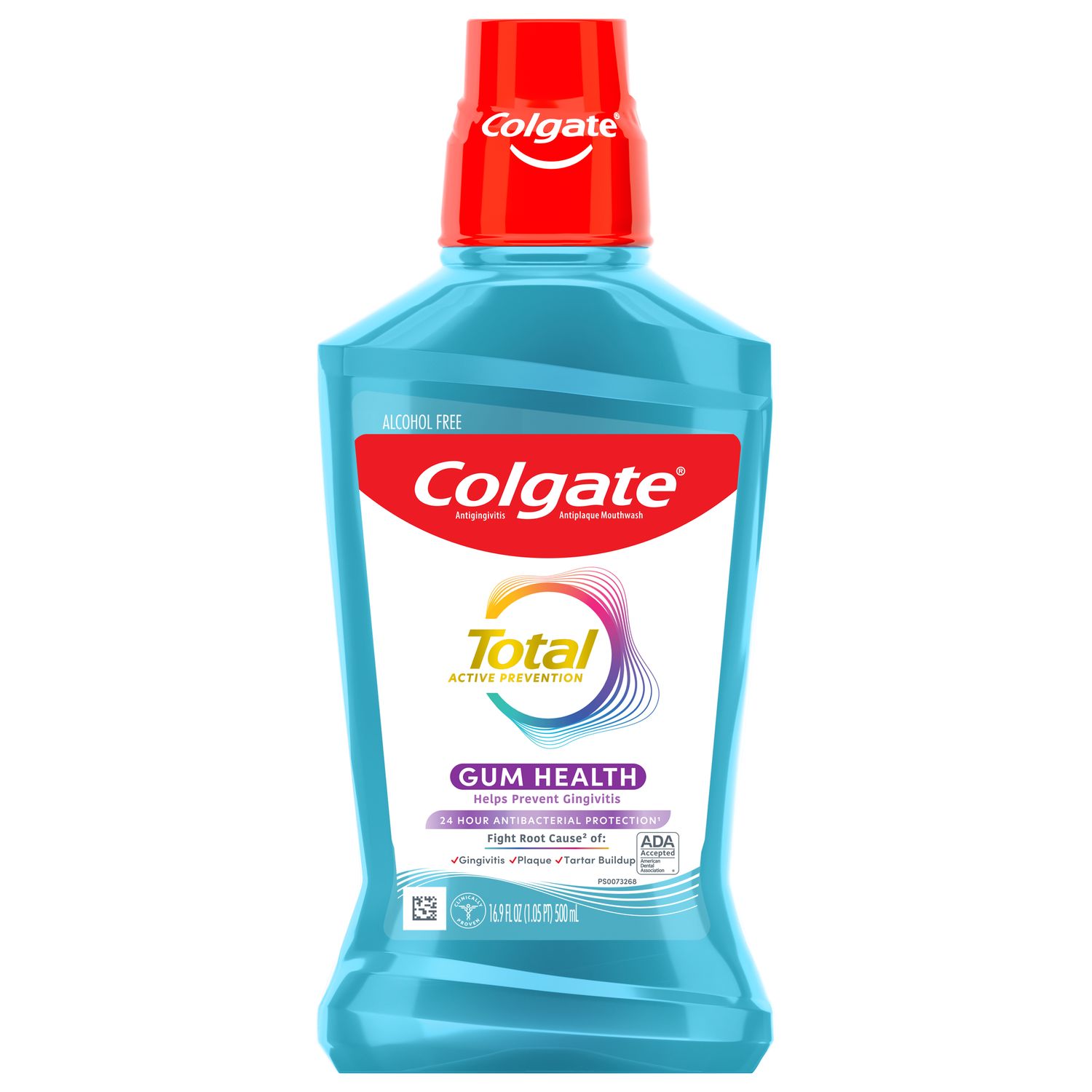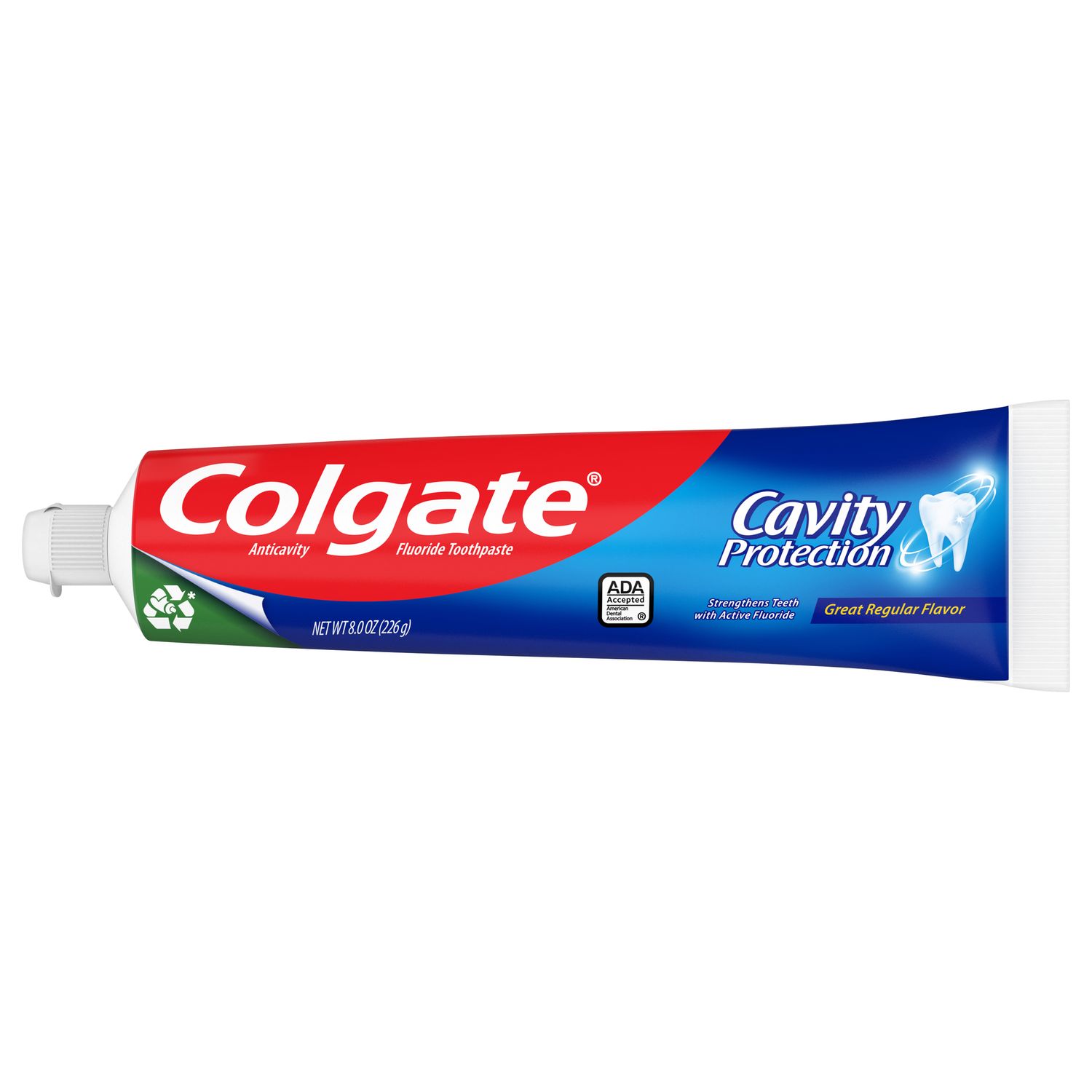-
-

FLUORIDE
What Is Stannous Fluoride Toothpaste?Discover what is Stannous Fluoride Toothpaste and its importance to prevent cavities and other oral health problems.

TEETH WHITENING
Whitening toothpaste - hydrogen peroxide vs. carbamide peroxideIf you lose one or more of your front teeth due to injury or decay, you may feel ...
-
Science & InnovationOral Health Commitment
- Oral Health Commitment
- Bright Smiles, Bright Futures
- Educational Resources
- Mobile Dental Van
- Volunteer
- ORAL HEALTH CHECK
- PRODUCT MATCH
- Oral Health and Dental Care | Colgate®
- Oral Health
- Ferrule Effect: What Is It?


If you have a damaged tooth that’s in need of a root canal or crown, you may hear your dental professional mention the “Ferrule Effect” when talking about these procedures. Knowing what it is before you see your dentist may help with your confusion! Here is everything you need to know.
The ferrule effect is important in that it is the area around the tooth that protects that tooth from further damage, such as a fracture. It's one of the things your dental professional will consider when examining your tooth to determine a treatment for the best outcome.
How Is Ferrule Effect Achieved?
If your damaged tooth requires a crown or root canal, you'll need to have several millimeters of sound tooth structure left to decrease the risk of your tooth fracturing. Sometimes depending on the extent of the damage, you may have very little natural tooth structure remaining.
According to research cited in the Balkan Journal of Dental Medicine, an amount of sound tooth structure should be above the alveolar bone and soft tissue. This leaves space for the soft tissue to attach to the tooth and space for the ferrule or crown. In cases where there isn't much of the tooth remaining, you may need a surgical procedure called crown lengthening. During this procedure, the oral surgeon removes tissue and bone to expose enough tooth structure above the bone.
Your dental professional will insert a post into the root canal system to allow for the ferrule effect. He or she will shape the tooth material and then cement the crown onto the tooth and post.
Why Is Ferrule Effect So Important?
Teeth and crowns may flex or move. If the ferrule effect isn't right, the movement could lead to a fracture. The ferrule effect helps minimize the risk of this happening.
Sometimes, even if you are diligent in your oral care, you may still end up needing dental work, such as a root canal or a crown. Having a better understanding of the terms, your dental professional is using can help you feel more at ease and better prepared in those situations.
Related Articles

Root canals
What Is Pulp Capping?What is pulp capping and why may your dentist recommend a cap for you or your child? Learn more, here.

Root canals
Ferrule Effect: What Is It?Teeth or crowns may flex or move. This movement can lead to fracture. The ferrule effect helps reduce the risk of the tooth fracturing, though it doesn't guarantee it.

Root canals
Pulpotomy In AdultsA pulpotomy is a procedure a dentist may use to preserve your tooth when portions of a tooth's pulp is injured. Learn more, here.

Root canals
Antibiotic Prophylaxis Before Dental WorkBefore you undergo dental treatment, your dentist or medical provider may recommend antibiotic prophylaxis. Learn what it is and how it works.
Related Products

Esse enxaguante bucal multibenefício Colgate Total 12 Carvão Ativado apoia as defesas naturais da sua boca com o zinco. Ele também ajuda a manter os dentes mais brancos, além de combater germes e bactérias para uma limpeza total por até 12 horas.

Colgate Total Alcohol Free* Gum Health Mouthwash delivers 24-hour protection** against bacteria and also helps prevent gum problems

Colgate Total Fresh Mint Toothpaste fights bacteria, the root cause of many oral health issues such as gingivitis, tartar, sensitivity, weak enamel, bad breath, and cavities.

Formulated with Fluoride and with a great mint taste, Colgate Cavity Protection Toothpaste cleans thoroughly, strengthens teeth, and fights cavities.

Helping dental professionals
More professionals across the world trust Colgate. Find resources, products, and information to give your patients a healthier future




